Rare Triple Ring Galaxy – Image By Subaru Telescope
Eddie Gonzales Jr. – MessageToEagle.com – The Subaru Telescope, located at the summit of Mauna Kea in Hawaii, USA , is an 8.2-meter optical-infrared telescope operated by the Subaru Telescope of the National Astronomical Observatory of Japan, National Institutes of Natural Sciences.
Image credit: Subaru Telescope
The Hubble Classification, also known as the Hubble Sequence, is a widely recognized method for systematically categorizing galaxy morphology.
Galaxies are classified into elliptical, lenticular, and spiral (or barred spiral) galaxies.
Galaxies with irregular shapes that do not fit into any categories are classified as irregular galaxies. While this classification can be used for most galaxies, some do not fit into any category, though they have regular shapes.
A ring galaxy is one of these. There are various theories about their origin, but one leading hypothesis asserts that ring galaxies originate from galactic interactions and mergers.
The citizen science project GALAXY CRUISE, using vast cosmic images captured by the Subaru Telescope, regards ring galaxies as interacting.
Ring galaxies are rare and difficult to find. This galaxy features three rings, which is exceptionally rare and valuable to scientific research.
Written by Eddie Gonzales Jr. – MessageToEagle.com Staff Writer
Related Posts
-
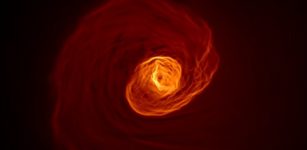 Giant X-Ray Tsunami Wave Twice The Size Of Our Galaxy Discovered In The Perseus Galaxy Cluster
No Comments | May 4, 2017
Giant X-Ray Tsunami Wave Twice The Size Of Our Galaxy Discovered In The Perseus Galaxy Cluster
No Comments | May 4, 2017 -
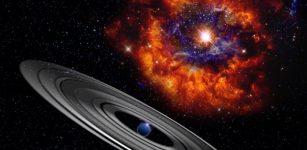 Unknown Giant Planet Responsible For Mysterious Eclipses In The Orion Constellation
No Comments | May 31, 2017
Unknown Giant Planet Responsible For Mysterious Eclipses In The Orion Constellation
No Comments | May 31, 2017 -
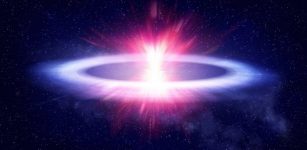 Flattest Explosion Ever Seen In Space – Observed
No Comments | Apr 1, 2023
Flattest Explosion Ever Seen In Space – Observed
No Comments | Apr 1, 2023 -
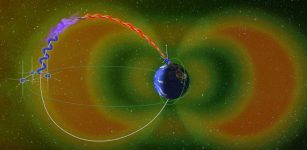 Researchers Discover Source Of Super-Fast Electron Rain
No Comments | Apr 2, 2022
Researchers Discover Source Of Super-Fast Electron Rain
No Comments | Apr 2, 2022 -
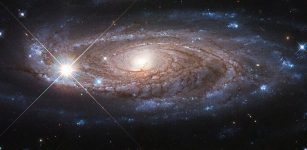 ‘Gentle Sleeping Giant’ Galaxy UGC 2885 Is 2.5 Times Wider Than Milky Way
No Comments | Jan 14, 2020
‘Gentle Sleeping Giant’ Galaxy UGC 2885 Is 2.5 Times Wider Than Milky Way
No Comments | Jan 14, 2020 -
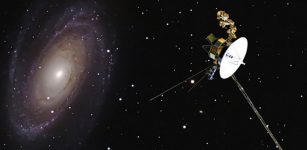 Voyager 1 Detects Plasma ‘Hum’
No Comments | May 10, 2021
Voyager 1 Detects Plasma ‘Hum’
No Comments | May 10, 2021 -
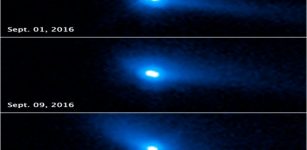 Comet Or Asteroid? Unique Binary Object Discovered By Hubble
No Comments | Sep 21, 2017
Comet Or Asteroid? Unique Binary Object Discovered By Hubble
No Comments | Sep 21, 2017 -
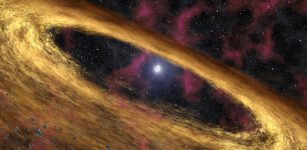 Astronomers Discover A Rare ‘Black Widow’ Binary, With The Shortest Orbit Yet
No Comments | May 5, 2022
Astronomers Discover A Rare ‘Black Widow’ Binary, With The Shortest Orbit Yet
No Comments | May 5, 2022 -
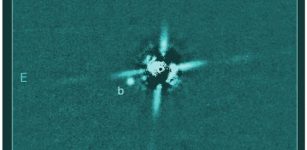 One Of The Youngest Planets Ever Found Around A Distant Infant Star – Discovered
No Comments | Oct 23, 2021
One Of The Youngest Planets Ever Found Around A Distant Infant Star – Discovered
No Comments | Oct 23, 2021 -
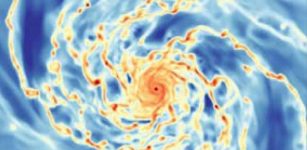 Cosmic Ray Influences On Star Formation In Galaxies
No Comments | Jun 19, 2021
Cosmic Ray Influences On Star Formation In Galaxies
No Comments | Jun 19, 2021

